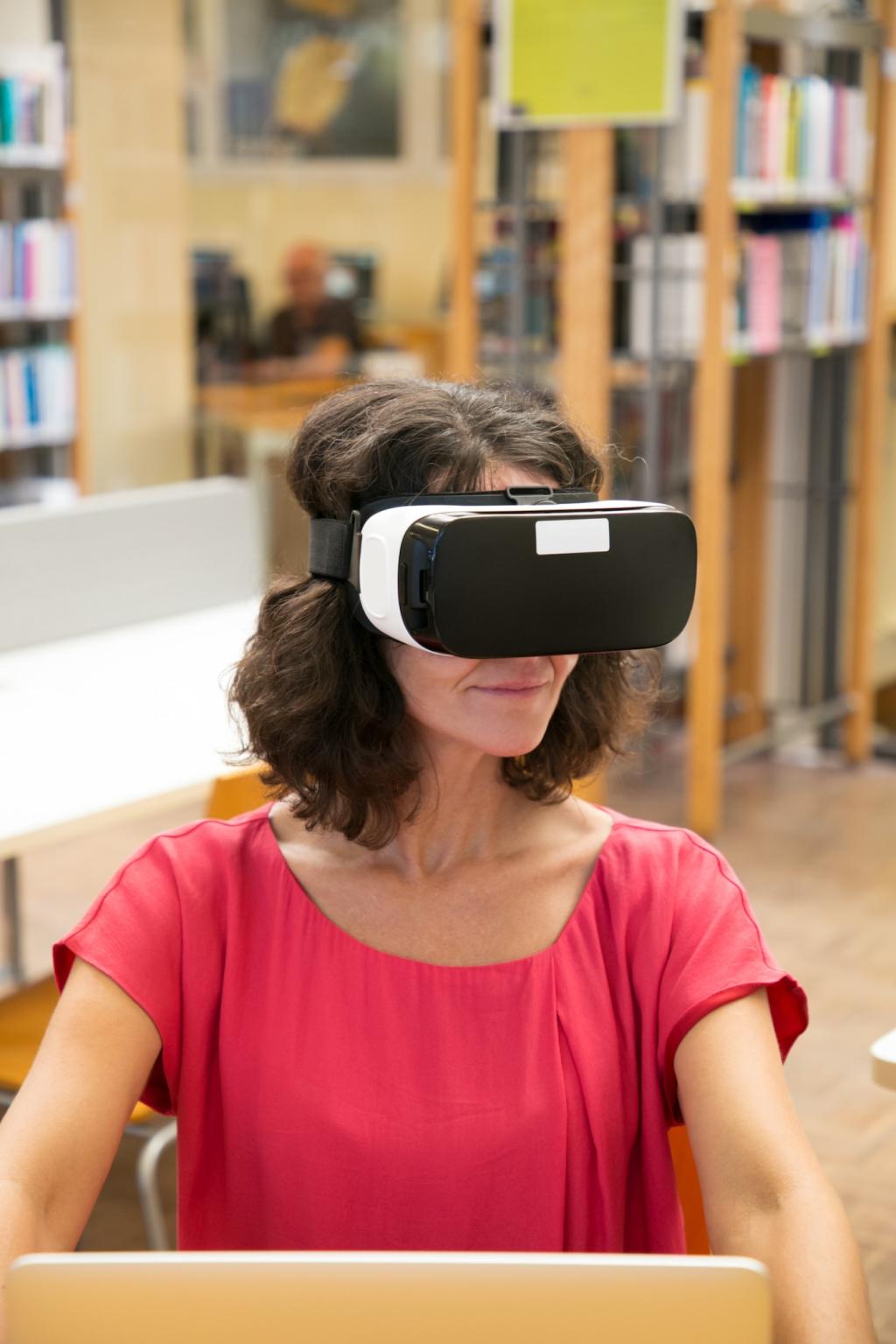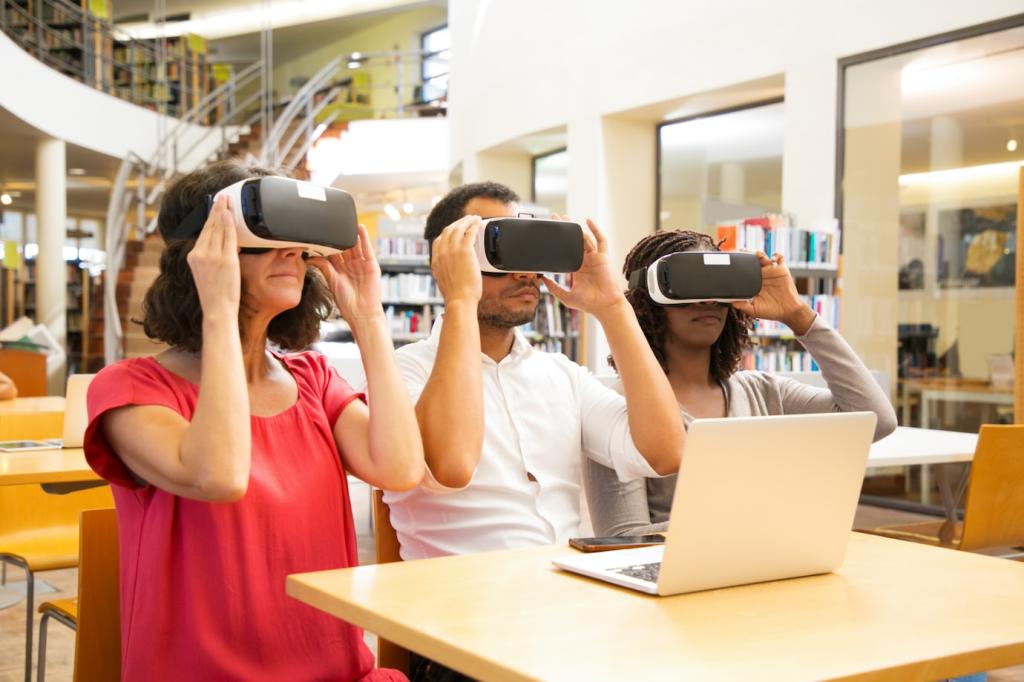This website uses cookies so that we can provide you with the best user experience possible. Cookie information is stored in your browser and performs functions such as recognising you when you return to our website and helping our team to understand which sections of the website you find most interesting and useful.
Virtual Reality: Transforming the Educational Landscape
Virtual Reality (VR) is rapidly reshaping how we approach learning and teaching in both traditional classrooms and online environments. By immersing users in interactive, simulated experiences, VR transports students beyond the boundaries of their physical surroundings, opening up exciting new educational possibilities. From primary schools to higher education and professional training, VR is enhancing engagement, retention, and understanding in ways that textbooks alone could never achieve. As this technology evolves, its role in education grows more vital, offering immersive, technology-driven methods to complement and enrich current teaching practices. This article explores how VR is transforming the educational landscape, examining its benefits, challenges, and the promise it holds for the future.

Immersive Learning: Redefining Engagement
Simulated Classroom Scenarios
Real-Time Collaboration and Peer Learning
Customizable Professional Growth Paths
Transforming Assessment and Evaluation Methods
Performance-Based Assessments
Immediate, Interactive Feedback
Reducing Bias in Evaluation


